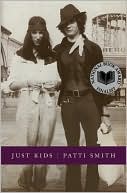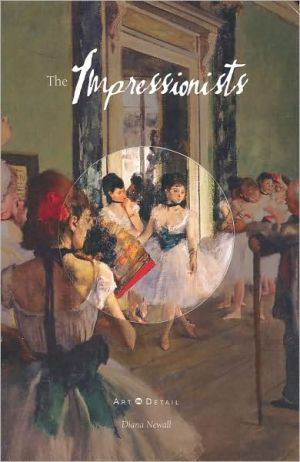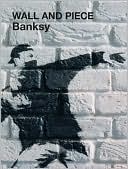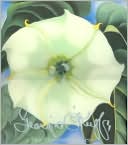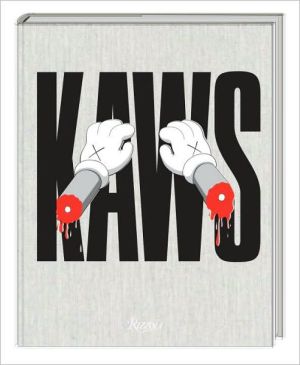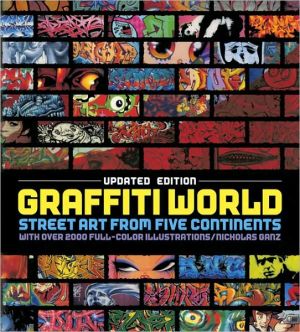Art Deco Fashion
The most glamorous time for fashion in the 20th century—the Jazz Age—shimmers with trademark exuberance in this first-ever compendium of the style of the Art Deco era. From flapper dresses to feathers, fashion exploded during the Roaring '20s, when clothes became a symbol of a more liberated lifestyle and epitomized the glamour and youthful excitement of the Jazz Age. Hemlines and waistlines slowly crept toward each other as the motto for style—and life—became "Anything Goes!" In Art Deco...
Search in google:
The most glamorous time for fashion in the 20th century—the Jazz Age—shimmers with trademark exuberance in this first-ever compendium of the style of the Art Deco era. From flapper dresses to feathers, fashion exploded during the Roaring '20s, when clothes became a symbol of a more liberated lifestyle and epitomized the glamour and youthful excitement of the Jazz Age. Hemlines and waistlines slowly crept toward each other as the motto for style—and life—became "Anything Goes!" In Art Deco Fashion the world of Hollywood and F. Scott Fitzgerald comes to life in images of beaded evening dresses for dancing the Charleston; sporty outfits for golf, tennis, and swimming; and clothes designed for traveling in luxury liners, trains, or in streamlined cars. Accented with posters, photographs, and images from fashion magazines of the era, this sumptuous volume presents a thorough and stunning review of Deco fashion.
Art Deco Fashion\ \ By Suzanne Lussier \ Bulfinch Press\ Copyright © 2003 The Board of Trustees of the Victoria and Albert Museum\ All right reserved.\ ISBN: 0-821-22832-3 \ \ \ \ Introduction\ The Ballets Russes ... [and] Leon Bakst give an exotic touch to the dresses of the Parisians, displaying slightly Cubist motifs in which feature fragments of broken mirrors and huge sequins, all of which recall the oriental bazaars.' This comment from the March 1924 issue of the Paris fashion magazine Art, Goût, Beaute sums up in a few words the fashion of the 1920s: a unique combination of exoticism and modernity, which was at the core of the Art Deco movement. \ The term Art Deco was employed for the first time in 1968 by the author Bevis Hillier. It identifies an aesthetic in vogue between 1909 and 1939 which was adopted in architecture, the decorative arts, textiles and fashion; it also influenced the fine arts, film and photography. Art Deco displayed stylized motifs and shapes borrowed from national traditions, folk art and ancient cultures, and was strongly influenced by the art of the avant-garde.\ Art Deco emerged from a unique artistic conjunction. From 1905, avant-garde movements sprung up one after another throughout Europe: the Fauves and Cubists in Paris, the Futurists in Italy, the Constructivists in Russia. Meanwhile the Ballets Russes were founded in Russia by Sergei Diaghilev who, wanting to rejuvenate ballet by introducing exotic themes, sets and costumes, employed artists and musicians from the international avant-garde. Too unconventional for the conservative Russian public, the Ballets Russes moved to an ecstatic reception in Paris in 1909, a moment which historians mark as the catalyst of the Art Deco period.\ Pivotal in the development of Art Deco, the Ballets Russes imbued fashion with its colourful and voluptuous aesthetic through the genius of fashion designer Paul Poiret; its influence in fashion would be felt well into the 1920s. Diaghilev's dance company would trigger a long-lasting vogue for exoticism in dress and the use of luxurious materials, a vogue strengthened by the arrival in Paris of Russian emigres like Natalia Goncharova, and the discovery of Tutankhamun's tomb.\ This period was characterized by a unique collaboration between artists of the avant-garde and fashion designers, who imbued fashion with their respective skills and visions. The avant-garde saw in fashion a new and exciting canvas on which to express their ideas; ballet, theatre, fashion illustration and cinema also offered arenas for artistic expression which, ultimately, would influence mainstream fashion.\ The emancipation of women and the general liberalism that prevailed in the 1920s were central to the development of the Art Deco style. The growing popularity of sports such as tennis and swimming generated a new and simpler look, which became an ideal ground for experimentation in design and cut. With freedom of movement a priority, designers such as Jean Patou, Madeleine Vionnet and Gabrielle Chanel created the first real style for the modern woman. Although there was a lively fashion industry in Britain and the US, Paris remained the fashion capital of the world, and less famous but significant designers such as Lucien Lelong, Drecoll, Doucet, Molyneux and Worth all contributed to its preeminence during the 1920s.\ The study of 1920s fashion demonstrates how closely its development was linked to that of Art Deco; it explains how the arts and dress nourished each other, one acting as an inspiration, the other as a medium. It also depicts the complexity and diversity of 1920s fashion, which amounted to so much more than the proverbial flapper's dress and the cloche hat.\ (Continues...)\ \ \ \ \ Excerpted from Art Deco Fashion by Suzanne Lussier Copyright © 2003 by The Board of Trustees of the Victoria and Albert Museum. Excerpted by permission.\ All rights reserved. No part of this excerpt may be reproduced or reprinted without permission in writing from the publisher.\ Excerpts are provided by Dial-A-Book Inc. solely for the personal use of visitors to this web site. \ \


